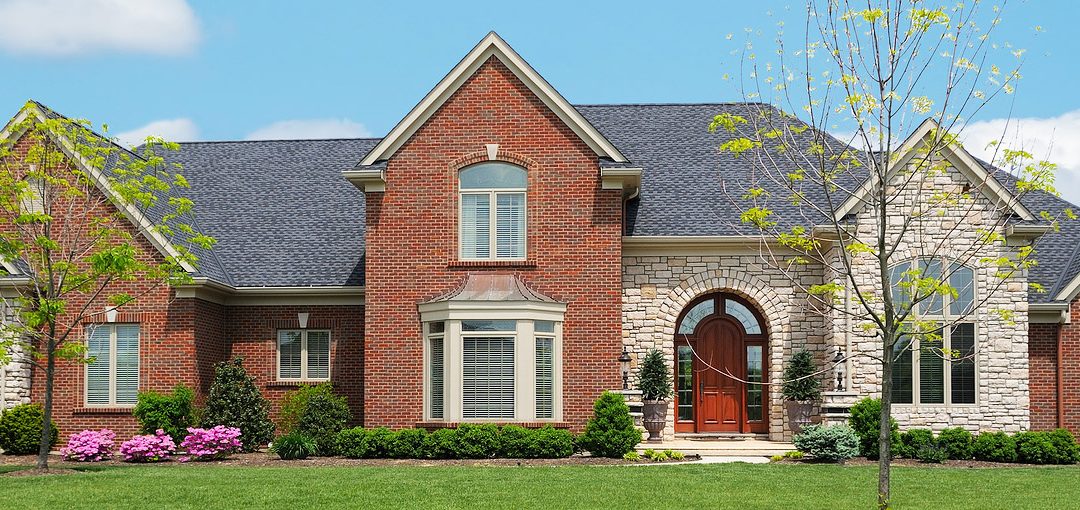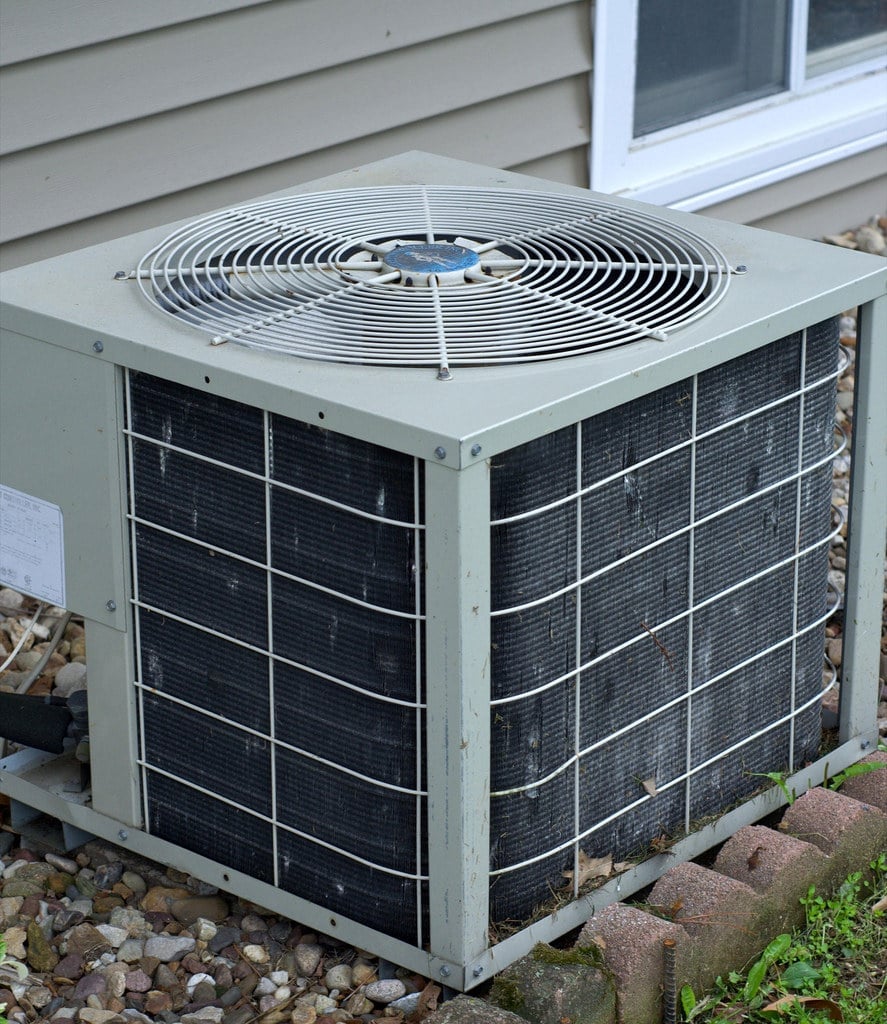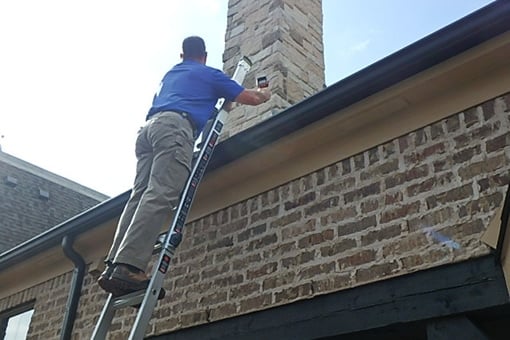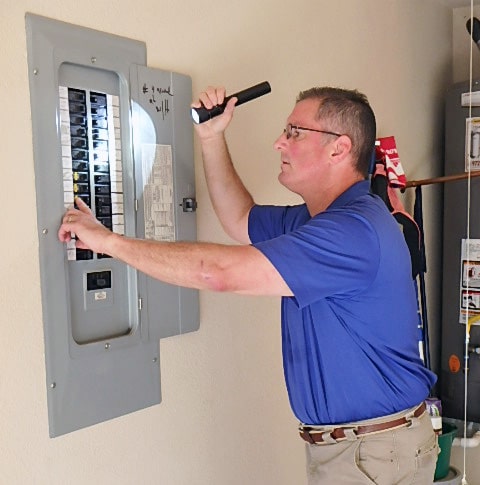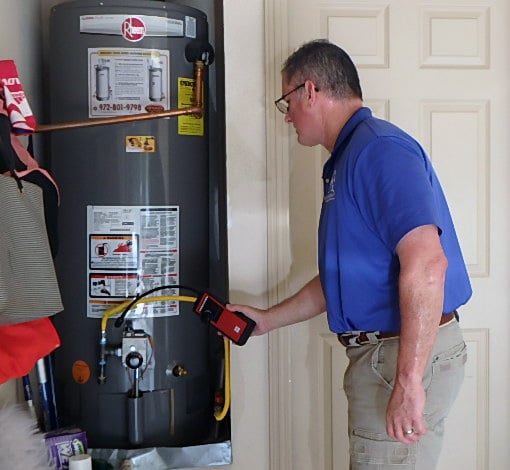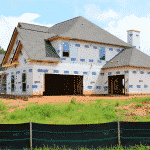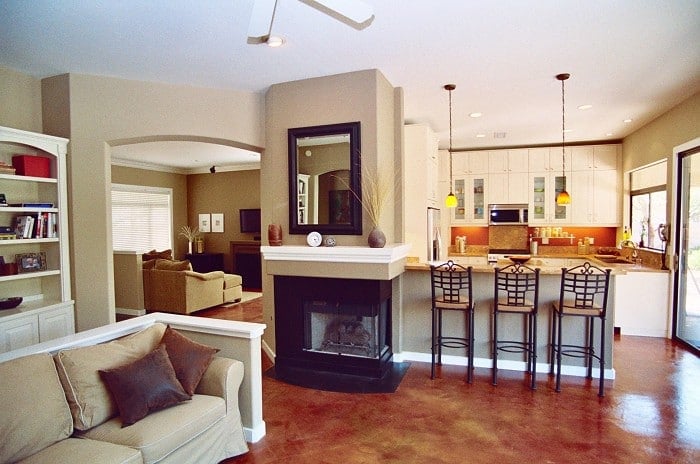A home inspection is one of the crucial elements of real estate. During a home inspection, the inspectors look for anything that could be problematic in a house and can affect the normal operations of a potential buyer. Through home inspection, both sellers and buyers learn about significant safety issues or repairs that need to be fixed in a home. There is no home without imperfections, and there are always some defects that home inspectors find — this is the case even in a seemingly perfect home.
Therefore, you must know what to look for in an in-home inspection report, especially if you are a buyer interested in purchasing the property. Luckily, there are several ways to prepare for a home inspection as a buyer or seller (if you are a buyer, there are crucial details you should look for in the report).
In this guide, we will enlighten you on the home inspection process by discussing the top items home inspectors look for when inspecting a home. We will also discuss how the process works and its importance to real estate. Read on to learn more.
What Is a Home Inspection?
It is a professional process that involves a licensed home inspector inspecting a house for potential issues or damage. Basically, home inspectors look for any possible issues with the home or any sign of damage. Given their experience in the field, home inspectors conduct a thorough examination of the home’s physical state, starting from the basic features all the way to the roof.
A home inspection is important because it helps both sellers and buyers understand any areas of the house that pose risks and those that need urgent repair. However, you may wonder, how long does it take to process a home inspection report? A thorough report is typically given about one or two days after the inspection takes place. This is a detailed report that gives an in-depth analysis of the issues discovered. It comes with pictures that show various issues and recommendations for repair. Some inspectors also provide a video debrief to summarize their findings.
Home inspectors have the skills to inspect areas that a buyer would not know how to. They analyze all the systems of a home, from insulation in the attic to the electrical panels. By doing so, home inspectors ensure the house is free from any major issues that pose risks to the safety of its inhabitants. If you are an investor looking to purchase a home, ensure a home inspection is done and there are no structural issues.
What Do Home Inspectors Look For?
So, what do they look for? The American Society of Home Inspectors states that a professional home inspection process should include reviewing the following.
Home Foundation
There is no home without a foundation. The foundation is literally the backbone of a home. It supports the home’s exterior structure (drywall, frame, and everything else, including the attic) and its occupants. If a home has foundation issues, it becomes a deal breaker in most real estate transactions. No buyer wants a home with a bad foundation because the cost of repairing it is high. When inspecting the foundation, home inspectors will walk the home’s perimeter looking for cracks, settlement problems, and sloping.
If the foundation has a crawl space, it is likely to affect the structural integrity because it accommodates mold, moisture, and warping that weakens the base. If the foundation has had previous repairs, the home inspector will evaluate the workmanship on that and determine if there are more issues to fix.
Perhaps, one of the biggest concerns regarding the foundation is water penetration. This is because it can lead to decay, rot, termite activity, grey mold, and other dire consequences. Such cases are more common if the foundation has a crawlspace. The cost of repairing a damaged foundation vary depending on the severity of the condition. However, the average cost of repairing a home foundation is $4,500, but it can rise to as high as $15,000 plus.
HVAC Systems
The HVAC system is an essential part of a home and must be in good condition. The first step in inspecting the HVAC system involves doing a thorough visual inspection to ensure the heat pump, furnace, ducts, air conditioner, and thermostat are all functioning efficiently. A home inspector also looks for any signs of carbon monoxide or gas leaks. After a comprehensive visual examination of the system, they will do manual checks to ensure the HVAC system is working properly.
Home inspectors use various approaches to inspect the condition of HVAC systems. For instance, to check the performance of an oil or gas furnace, they ensure it heats or cools properly, and lights as expected. Testing air conditioning during the winter or heating during the summer could damage the system and give inaccurate readings. This means that home inspectors will only check air conditioning in the summer and heating in the winter to avoid any damages.
Roofing System
The roof performance and quality can also make or break a house deal. During home price negotiations, you will often hear potential buyers ask about the age of the roof. The roof is a very important part of a home because it protects it from wind, outdoor temperatures, snow, and rain. A high-quality roof will protect the home and keep it well insulated while providing excellent ventilation. This is vital in maintaining interior air quality. Besides, it is very costly to repair a roof — no buyer will be willing to spend a ridiculous amount of money for roof repairs on a home they just purchased.
When inspecting the roof, many home inspectors will climb on top of it for visual inspection. Others might assess the roof condition while standing on a ladder. If the weather conditions are not ideal for climbing on the roof, the home inspector might use binoculars to inspect the roof from the ground. Inspectors look for the overall condition of every roof component and ensure that everything is watertight. A good roof should have many years left in it before repairs are needed — not less than five years.
Buyers will not want a home whose roof will need replacement in a few months’ time. This will only mean additional expenses. Inspectors also look for missing or damaged shingles, leaks, and moss growth. Some of the other things included in the report are vents, gutters, flashing, ventilation, and skylights. This helps give a detailed report on the state of the roof.
Electrical
Any modern home runs on electricity. When inspecting the home’s electrical system, the first thing inspectors do is inspect wires outside of the home that enters the electrical panel. They also ensure that the bushes and trees are not interfering with the wiring. In aged homes, inspectors look for visible wires and ensure they are covered with insulation and don’t have metal showing. In most cases, newer neighborhoods have underground wiring systems. Such homes tend to be safer and have a secure electrical system.
After checking the wiring insulation, the home inspector then opens the electrical panel to ensure that the panel is connected by circuit breakers instead of fuses. Fuses are not recommended because they are illegal in most parts of the U.S. Besides, they check the size of the main breaker to ensure it has sufficient amps for all the electricity needs in the house. Generally, the required amount is 100 amps.
For safety purposes, they also check to ensure that the wiring uses copper wiring instead of aluminum. They confirm that none of the electrical wires is loose and that there is no rust inside the electrical panel. Once the electrical panel is thoroughly inspected, they test all the wall outlets using a specialized multimeter. After that, they check all the light switches throughout the property and take notes in case they need repairs or adjustments.
Plumbing
No one wants to live in a home with water leaks. If water problems are left untreated, they will have a domino effect that results in serious drainage issues. Generally, pervasive water problems can drain your savings account little by little. Besides, water problems affect the walls, foundation, and sub-floor — this is pretty much everything that could result in serious financial constraints.
When inspecting the plumbing system, the home inspector includes anything that is affected by water flow. This includes things like showers, piping, sinks, bathtubs, toilets, faucets, and spigots. Inspectors will also check for corroding, leaking, and cracked pipes. If there is any evidence of repairs or DIY, home inspectors will also take note. They will check the ceilings for evidence of moisture, flooring, and walls for any signs of cracks. Besides, they check for contamination issues or cross-connection. The cost of repairing the plumping system varies depending on severity. However, the costs can add up quickly. They can run from $1,000 to $5,000, with some homes going as high as $10,000 on plumping repairs.
Contact the Services of a Professional Home Inspector
A home inspection is vital, especially if you are looking to buy a home. You might not tell whether a home has defects by physical evaluation since you may lack the skills to inspect it. For that reason, hiring a licensed home inspector is vital. Home inspectors look for different things when inspecting a home. These details are then incorporated in an inspection report that analyzes them in detail. Contact Stonebriar for accurate and professional home inspections services.

